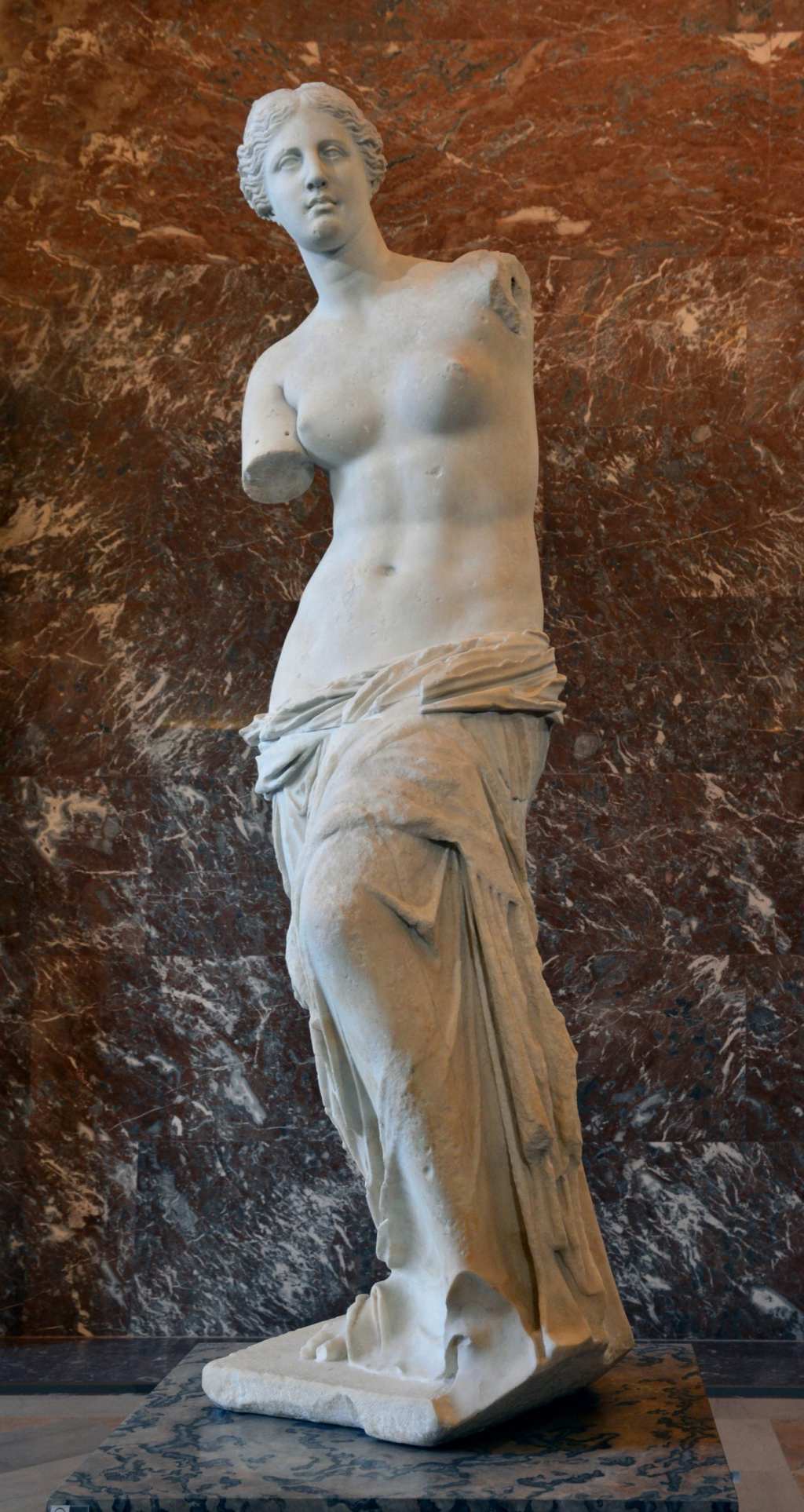Trending Now
If you’ve spent any time in a museum ever, you may have noticed that a lot of ancient sculptures are mysteriously nose-less.
One of the most famous examples of this phenomenon is the Great Sphinx of Ancient Egypt.

Photo Credit: Wikimedia Commons
But the Great Sphinx is far from unique. Ancient sculptures from a wide range of cultures, including Ancient Greece and Ancient Rome, are also missing their noses.
So what gives?
In some cases, the sculptures have been deliberately vandalized at some point in history. In Ancient Egypt, for example, people would often break off a statue’s nose in order to disable its power. The statues were thought to contain a life force, and removing the nose prevented the statue from breathing, thereby killing it.
But in the majority of cases, the missing noses on ancient statues are not the fault of humans at all. Instead, they’re the result of natural wear and tear.

Photo Credit: Wikimedia Commons
These sculptures are thousands and thousands of years old, after all. They’re often damaged in a number of ways, including discoloration, wear, and missing parts — including arms, ears, and other body parts aside from noses.
The parts of sculptures that stick out are usually the first ones to break off, because they’re less securely attached. This includes noses, arms, heads, and other appendages.
For example, the Venus de Milo is an ancient statue from Greece that was sculpted by Alexandros of Antioch around the late second century BC. It’s famous for its lack of arms.

Photo Credit: Wikimedia Commons
But that wasn’t a design choice – this sculpture did have arms at one point, they just broke off.
FYI, you can generally tell whether a body part was removed intentionally or not by looking at cut marks on the statue.






